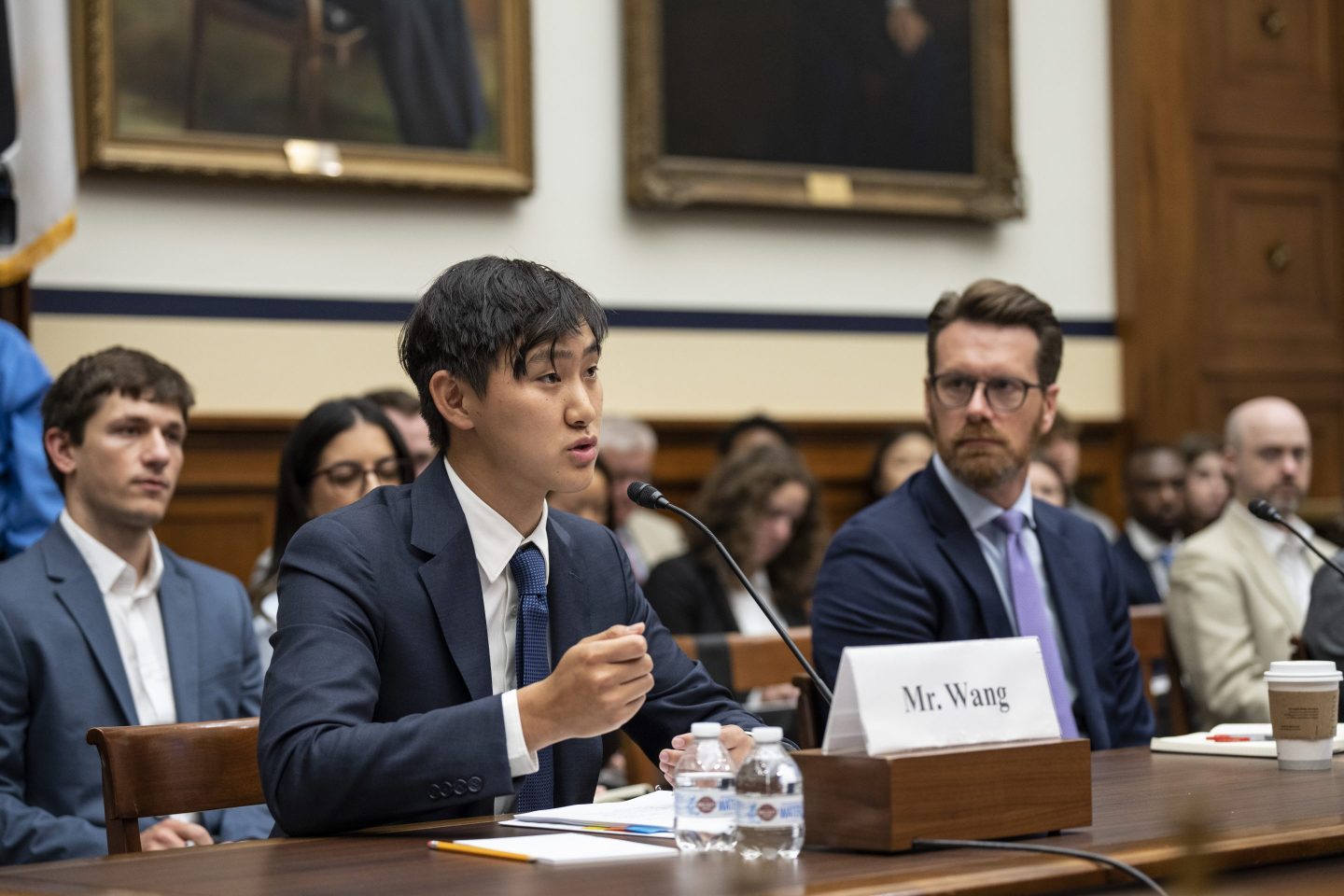Good morning!
Corporate America is in the midst of several revolutions. AI promises to totally upend work as we know it, employees have come to expect more than ever from their workplace, and continued labor shortages mean leaders have to be even more creative with how they attract and retain talent.
Business leaders are faced with the prospect of making some big changes, but a new survey from consulting firm Bain of more than 400 executives and senior leaders has found that only 12% achieved their original business transformation ambitions. And a major reason for that is how they mismanage talent.
“Talent is a critical factor to really get it right,” Melissa Burke, executive vice president of Bain’s change management and implementation practice, tells Fortune. “There’s some pain points that are critical for us to address.”
Bain found that executives are likely to make three key mistakes when it comes to failing on their transformation goals: Not identifying what kind of skills are needed to pull it off, overworking top-performing employees, and only developing a short-term talent strategy.
But there are some things HR leaders in particular can do to help their companies through a time of great upheaval.
Create an inner circle: Make a list of critical roles that will report directly to the executive team, and consider deputizing someone as the chief transformation officer.
Protect the superstars: Make sure that all HR leaders are looking out for employees who may be overloaded with responsibilities to make that transformation happen. “It’s not only just putting the right people in the seats, but then what are you taking off their plate to make room for it?” says Burke.
Think 10 years ahead: If short-term planning is the trap, then long-term planning is the solution. That likely means involving HR in strategic discussions. Burke also recommends creating short, medium, and long-term talent management plans, identifying what skills the companies will need during each interval and how to get them.
Read more about the report, and how HR leaders can protect their businesses against these pitfalls here.
Paige McGlauflin
paige.mcglauflin@fortune.com
@paidion
Today’s edition was curated by Emma Burleigh.
Around the Table
A round-up of the most important HR headlines.
- A South Korean chip manufacturer will build a $3.9 billion semiconductor complex in Indiana, and has partnered with Purdue University to employ students to staff the plant. Wall Street Journal
- Colleges are working around state bans on DEI by changing the titles of their diversity offices and leaders, and avoiding the direct use of words like “diversity” and “equity” altogether. New York Times
- AI will disrupt the workforce by taking over people’s jobs and stripping employees of their sense of contribution to society, according to one law school professor. Business Insider
Watercooler
Everything you need to know from Fortune.
Wrong hunch. Many U.S. companies are retreating on their RTO predictions—only a third of CEOs anticipate a full return to the office in the coming years, compared to 62% last year. —Orianna Rosa Royle
Outsourcing. This Manhattan chicken shop employs virtual cashiers based in the Philippines, paying the remote staffers around $2.50 an hour to cut labor costs. —Sasha Rogelberg
Gap year. Some workers are taking short sabbaticals to beat burnout, recharge, and achieve a better perspective on work-life balance. —Colleen Newvine, AP
This is the web version of CHRO Daily, a newsletter focusing on helping HR executives navigate the needs of the workplace. Sign up to get it delivered free to your inbox.












